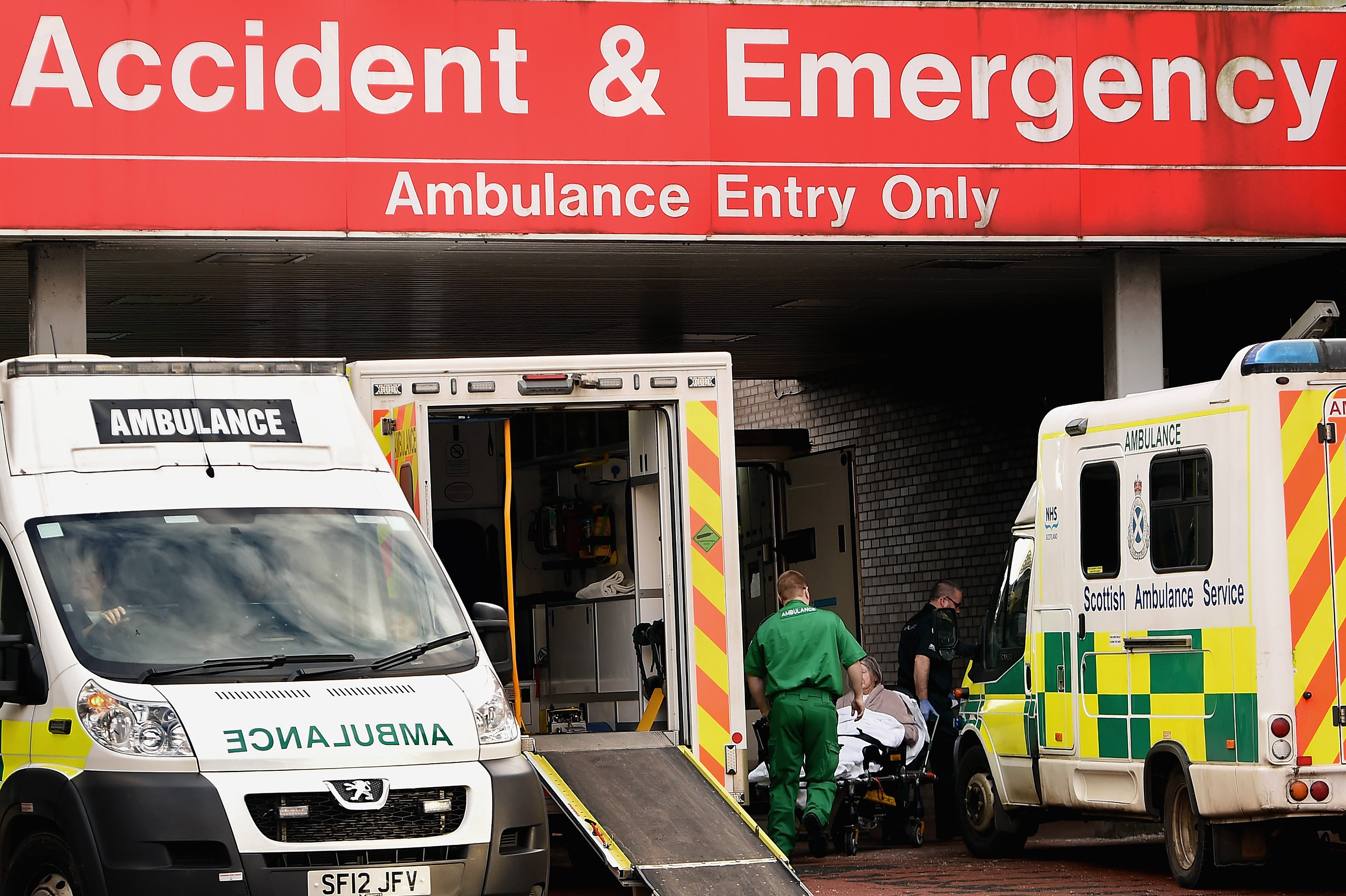The latest accident and emergency waiting time figures show 93.1% of people were seen and either admitted, transferred or discharged within four hours, short of the Scottish Government target of 95%.
The figure for the week ending May 15 marks an increase on the same period last year, however, when 92.0% of patients were seen within four hours.
Of the 27,733 people who attended hospital emergency departments, 136 patients spent more than eight hours in A&E and 12 people waited more than 12 hours.
Six of Scotland’s 14 health boards – NHS Fife, Ayrshire and Arran, Greater Glasgow and Clyde, Forth Valley, Lothian, and Lanarkshire – missed the 95% target.
The poorest performing site was the Queen Elizabeth University Hospital in Glasgow with a rating of 84.8%.
The best performing were Perth Royal Infirmary, Glasgow’s Royal Hospital for Children, and the Royal Aberdeen Children’s Hospital, where 99.8% of patients were seen within four hours.
Health Secretary Shona Robison said: “Despite Scotland being in a stronger position than last year, we recognise there is still more to be done to retain and build on improved performance and cut waiting times even further.
“We continue to support local teams to implement our six essential actions, which aim to minimise long waits in A&E and assessment units by improving patient flow throughout all areas of the hospital and community.
“We have also put record investment in place and increased staffing to help meet demand and are working closely with health boards to minimise any dips in performance.
“We want to see long-term, sustainable change put in place in order to maintain high levels of performance during peaks and troughs.”
Ms Robison said core accident and emergency waiting times had remained better than elsewhere in the UK for the last 13 months of published data, from March 2015 to March 2016.
